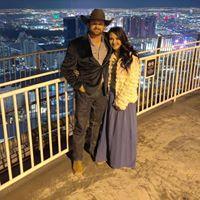Sign in to follow this
Followers
0

Dyeing Edges On Sheridan Style Belt?
By
colbyj, in Dyes, Antiques, Stains, Glues, Waxes, Finishes and Conditioners.

By
colbyj, in Dyes, Antiques, Stains, Glues, Waxes, Finishes and Conditioners.